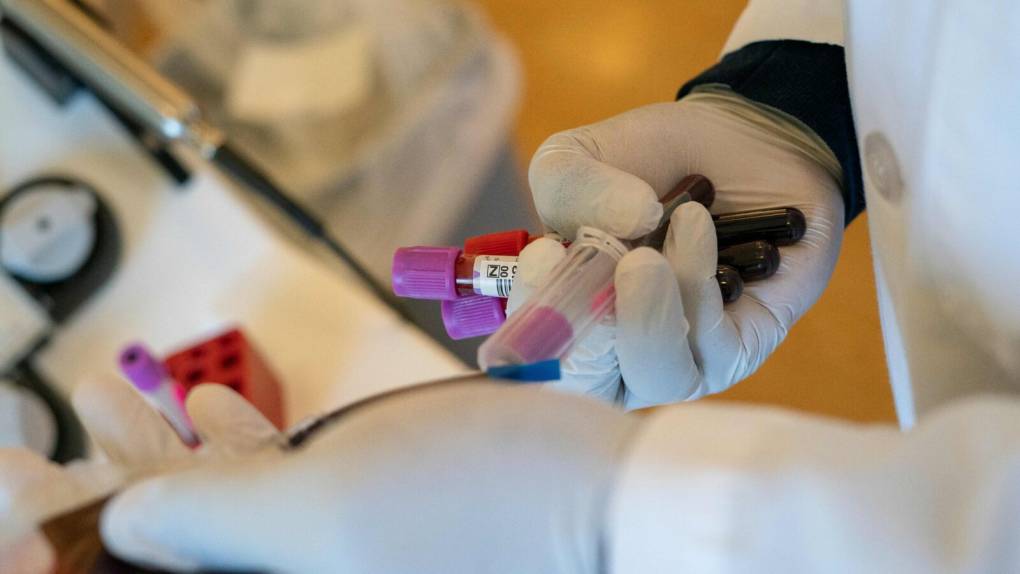The Food and Drug Administration on Sunday issued an emergency authorization for doctors to treat COVID-19 using blood plasma from patients who’ve recovered from the disease.

Below, STAT answers the major questions surrounding convalescent plasma as a COVID-19 treatment and the science supporting its use.
What is convalescent plasma, and how does it work?
When people get sick with COVID-19, their immune systems generate antibodies to fight the disease. Those antibody proteins float in their blood plasma — the liquid component of blood that suspends blood cells.
Doctors can harvest the plasma, test it for safety, and then purify it to isolate those antibodies. That “plasma-derived therapy,” or “convalescent plasma,” can be injected into another patient sick with COVID-19, and the antibodies it contains can help fight the virus early in an infection until the patient’s own immune system generates its own antibodies in sufficient quantities to beat back COVID-19.
Does scientific evidence show that convalescent plasma is a safe and effective treatment for COVID-19?
The Mayo Clinic released data in June that showed plasma treatment was safe following transfusion in a group of 20,000 patients, which included substantial enrollment from Black and Latino patients.
A study released Aug. 13 — but not yet peer-reviewed — suggested that using convalescent plasma to treat patients with severe COVID-19 soon after their diagnosis was associated with a lower likelihood of death. But the study had serious scientific limitations that make interpreting the findings difficult.
The Mayo Clinic study, which enrolled more than 35,000 patients, showed that patients who received transfusions within three days of their COVID-19 diagnosis had a seven-day death rate of 8.7%, while patients who received plasma treatment after four or more days had a mortality rate of 11.9%. The difference met the standard for statistical significance.
The study didn’t include a placebo group for comparison, however, so it’s unclear exactly how impactful the plasma treatment might be. The study was sponsored by the National Institutes of Health and sought to broaden access to convalescent plasma, part of a so-called “expanded access” program not designed to definitively test how well the treatment works, but instead to quickly get it to patients.
More rigorous randomized, placebo-controlled studies of convalescent plasma are ongoing.
What does an emergency use authorization, or ‘EUA,’ mean?
The FDA has issued a number of emergency authorizations for COVID-19 treatments: Most notably the Gilead Sciences antiviral remdesivir, and for the antimalarial drug hydroxychloroquine, which the agency has since withdrawn.
The authorizations mean, effectively, that the agency believes the treatments in question are promising and largely safe, though there’s not yet definitive data supporting their efficacy.
An EUA for convalescent plasma would effectively license doctors across the country to begin treating COVID-19 patients with convalescent plasma, but it’s unclear whether it will result in a meaningful expansion in access to the therapy, in part because the supply is limited by the number of recovered patients who donate plasma.
The Mayo Clinic study, which relied on an FDA “expanded access” program, was broad enough that it allowed 35,000 patients access to the treatment despite the lack of a formal authorization for its use. It’s unclear whether an EUA will lead to a major increase in the number of doctors capable of using convalescent plasma to treat COVID-19, and the number of patients who will end up receiving the treatment.
